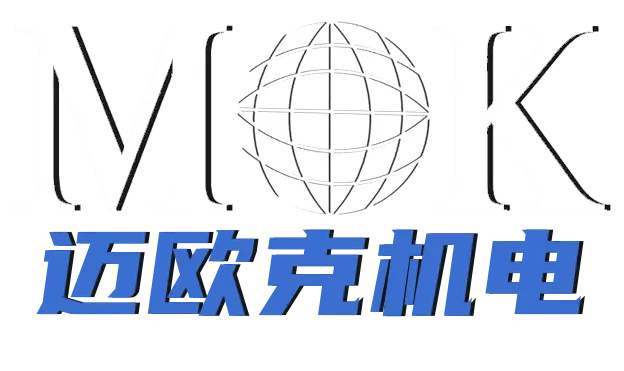CNC milling machine is a high-precision, high-efficiency automatic machine tool, the use of CNC milling machine can improve the processing efficiency and create more value, the emergence of CNC milling machine has enabled enterprises to get rid of that backward processing technology, the process of CNC milling machine machining is similar to that of ordinary lathes, but because the CNC milling machine is a clamping, continuous automatic processing to complete all turning processes, CNC milling machine machining reasonable selection of cutting dosage Techniques, the following aspects should be noted.
CNC milling machine Machining: Techniques for Optimal Cutting Dosage
In today’s highly competitive manufacturing industry, companies are constantly looking for ways to improve their efficiency and productivity while maintaining the highest levels of precision and accuracy. One way to achieve this is by utilizing a CNC (Computer Numerical Control) lathe for machining operations. A CNC milling machine is a highly advanced, automatic machine tool that offers numerous benefits over traditional lathes. CNC milling machine machining is similar to conventional lathe processing, but with the added benefit of clamping and continuous automatic processing to complete all turning processes.
CNC milling machine machining can be a complex process, and in order to achieve optimal results, it is essential to consider the cutting dosage techniques used. Cutting dosage refers to the selection of appropriate cutting parameters such as cutting speed, feed rate, and depth of cut. Proper selection of these parameters is critical to achieving the desired surface finish, achieving the required tolerances, and minimizing tool wear and breakage.
One of the key considerations when selecting cutting dosage techniques for CNC milling machine machining is the material being machined. Different materials have different properties such as hardness, strength, and toughness, which can significantly impact the cutting process. For instance, a harder material may require a slower cutting speed to prevent tool wear, while a softer material may require a higher cutting speed to achieve the desired surface finish.
Another important factor to consider is the type of tooling being used. Different tool materials and geometries have different capabilities and limitations when it comes to cutting dosage. For example, carbide tools are highly wear-resistant and can be used at high speeds, while high-speed steel tools are less wear-resistant and better suited for lower speed applications.
In addition to material and tooling considerations, it is also important to consider the geometry of the part being machined. Complex part geometries may require different cutting dosage techniques than simple shapes. For instance, internal threading may require a slower feed rate to prevent tool breakage, while external turning may require a higher feed rate to achieve a smooth surface finish.
Ultimately, the goal of CNC milling machine machining is to achieve optimal cutting dosage that meets the required specifications while minimizing tool wear and breakage. This requires a deep understanding of the material being machined, the tooling being used, and the geometry of the part being machined. By carefully selecting the appropriate cutting parameters, manufacturers can improve their efficiency, increase their productivity, and create more value for their customers.
In conclusion, CNC milling machine machining is a highly advanced, automatic machining process that offers numerous benefits over traditional lathes. To achieve optimal results, it is essential to consider the cutting dosage techniques used. By carefully selecting the appropriate cutting parameters, manufacturers can achieve the desired surface finish, achieve the required tolerances, and minimize tool wear and breakage. With the right cutting dosage techniques, CNC milling machine machining can help companies stay competitive in today’s fast-paced manufacturing industry.
Post time: Apr-04-2023




